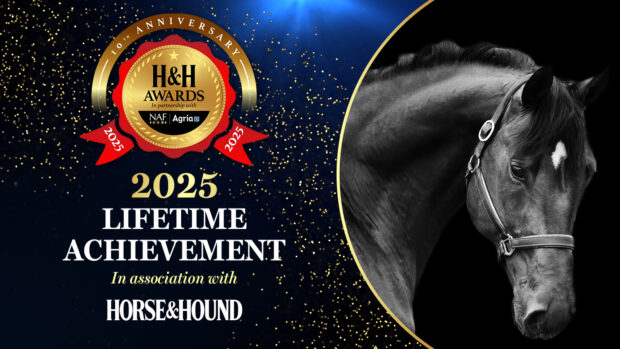Tepid in the south, warm in the north, positively sizzling beyond the Border: these days, the further north you go, the hotter the property market.
The market reached crazy peaks in the Borders, where prices grew by about 35% in 2003 in what was “the largest rise in the UK last year,” according to Joyce Tokely of John Sale in Galashiels. Buyers fled the prohibitive price hikes in Edinburgh and Glasgow and flocked south to places like Galashiels or Selkirk, where transport links to central Scotland are excellent and houses cost a fraction of what they would command in the Edinburgh belt.
“People are aware that the Borders are commutable to Edinburgh by car and a feasibility study for a railway line is now being undertaken. This could make access even easier,” says Tokely, who believes that equestrian buyers are drawn to the area by the prospect of living in a peaceful rural community, which caters for their needs.
Beyond the obvious attraction of miles of unspoilt bridleways, the Borders have many good riding clubs and pony clubs, one of Scotland’s best racecourses in Kelso, the horse trials at Thirlestane Castle and the annual common ridings.
“Every summer, Borders towns hold festivals during which they organise a different ride every day. Some go out as early as 7am and don’t come back until the afternoon. It’s a tradition that goes back hundreds of years to the days farmers rode to check the town boundaries,” says Gillian Laing, who lived in Lindean, between Selkirk and Galashiels.
Amateur riders account for the majority of buyers in Scotland, although the central and southern counties are also popular with professionals. “There are a number of eventers, but most people just want to hack out and hunt,” says Tokely. Surprising as this may sound, hunting still goes on in some form within the constraints of the Protection of Wild Mammals (Scotland) Bill, and the draw of packs such as the Buccleuch continues to attract many followers. “The ban hasn’t made much difference to the equestrian property market,” according to Adele Ellis of McCrae & McCrae in Dunfermline.
Nor did the much dreaded land reform legislation, which introduced the right to roam and the pre-emptive right for local communities to buy land from neighbouring estates. “The impact of the Land Reform Act and the Agricultural Holdings Act has been limited,” says Ellis.
By contrast, the persistent shortage of properties with land is proving a much harder hurdle to overcome. From the Borders to Fife, availability isn’t enough to meet demand and prospective buyers are queueing up to join agents’ mailing lists. “We have many people looking for houses with five to 10 acres but there aren’t enough on the market in the Borders,” according to Tokely, while Ellis says that in Central Scotland “properties with more than one acre are highly sought-after, usually from people with horses.”
The shortage is also starting to affect northern Scotland, where it is fuelling price growth. Jamie Watson of Smiths Gore in Fochabers reports price rises of up to 40% over the last three years and “as much as 100% in the last five years.” However, the north remains significantly cheaper than the Glasgow to Edinburgh corridor, or even the Borders.
Some of the northern reaches can be fairly isolated, making them less appealing to professional competitors, but the price differential — together with the prospect of solitary rides along the cliffs — entices private equestrian buyers from as far south as England. “We get a lot of enquiries from England,” says Watson. “It is usually from people who are looking both for better value and for a lifestyle change, because they want to get away from it all.”
The English account for a good proportion of equestrian demand over the Border but they often struggle to cope with the Scottish legal system. “I think a lot of English buyers don’t understand you are tied into purchase much more quickly in Scotland than in England,” warns Tokely. “A lot haven’t put their property on the market when they come over here, but a Scottish solicitor won’t even put an offer in for them until contracts for their English property have been exchanged.”
Many English buyers tend to rent for six months before purchasing but “this isn’t practical for people with horses,” says Tokely. Instead, she advises, they “should put their property on the market in England and have at least some serious interest before they start looking in Scotland.”
|
||
 |
||


 Get up to 19 issues FREE
Get up to 19 issues FREE TO SUBSCRIBE
TO SUBSCRIBE 


